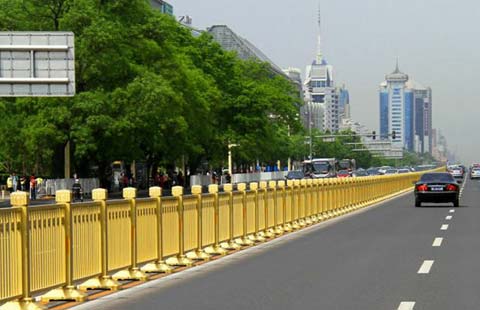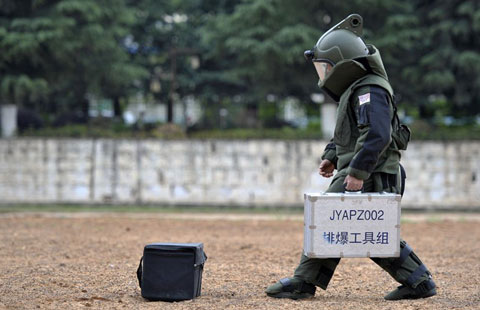Managing the extremes
Extreme weather conditions, both hot and cold, are becoming more frequent in China. While the recent cold snap is the worst in Harbin since the city began to keep daily records in 1961, the recent summer saw some southern parts of the country sweltering under the hottest weather for half a century.
The higher frequency of extreme conditions in China's inland cities has prompted researchers to collate data that will help with the formulation of emergency plans, said Yuan. He stressed that the country's older cities should be of primary interest to researchers because they are particularly vulnerable and fragile in the face of harsh conditions.
"In some ways, though, the snow has helped by providing a 'physical check' that has pinpointed the weak points of older cities vulnerable to natural disasters. The knowledge we've gained will help with the work of reinforcing and improving the safety mechanisms," said Yuan.
"New cities, or those under construction will benefit most, though. As the march of urbanization continues, we need to build in a higher level of anti-disaster capability. That's absolutely essential. But most of all, we need to urgently raise people's awareness of, and ability to overcome, extreme weather conditions," he added.
Contact the writers at zhangyuchen@chinadaily.com.cn, hena@chinadaily.com.cn and tianxuefei@chinadaily.com.cn
Zhou Huiying and Wang Qian contributed to this story.


















 Op Rana
Op Rana Berlin Fang
Berlin Fang Zhu Yuan
Zhu Yuan Huang Xiangyang
Huang Xiangyang Chen Weihua
Chen Weihua Liu Shinan
Liu Shinan